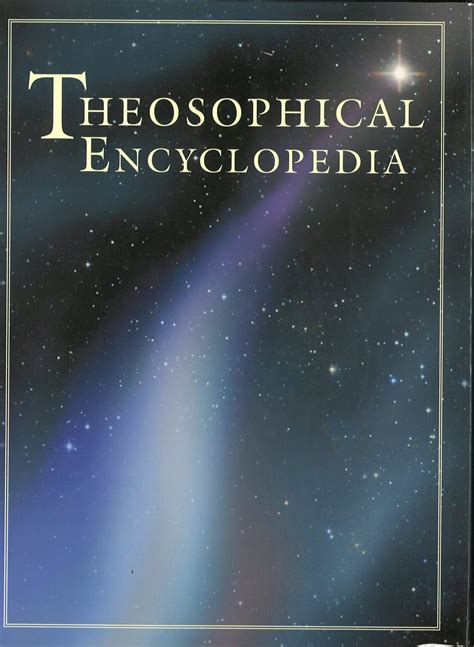A philosophy that maintains “all is one.” Helena P. Blavatsky explained the relationship between Monism and theosophy quite succinctly, writing, “And why cannot a Monist be a Theosophist? And why must Theosophy at least involve dualism? Theosophy teaches a far stricter and more far reaching Monism than does Secularism. The Monism of the latter may be described as materialistic and summed up in the words, ‘Blind Force and Blind Matter ultimating in Thought.’ But this — begging Mr. Bradlaugh’s pardon — is bastard Monism. The Monism of Theosophy is truly philosophical. We conceive of the universe as one in essence and origin. And though we speak of Spirit and Matter as its two poles, yet we state emphatically that they can only be considered as distinct from the standpoint of human, mayavic (i.e., illusionary) consciousness” (CW XI:336). This point of view has much in common with ADVAITA philosophy.
In classical philosophy two opposed concepts, pluralism and monism, have been debated for some two and a half thousand years. The Greek religious thinker Xenophanes (6th-5th century BCE) is credited with the remark “All is One” and since that time a long line of thinkers have, in opposing pluralism, been classified as monists; these include Parmenides, Spinoza and Hegel, although Spinoza’s philosophy could also be termed a holism and Hegel’s a dialectical idealism. The majority of mystics seem to embrace a monistic philosophy of one sort or another.
P.S.H.
© Copyright by the Theosophical Publishing House, Manila
 This Theosophical Encyclopedia contains all the articles of the printed Theosophical Encyclopedia published by the Theosophical Publishing House, Manila. In addition, new articles that are not in the printed version are continually being added. Many of the articles are also being updated.
This Theosophical Encyclopedia contains all the articles of the printed Theosophical Encyclopedia published by the Theosophical Publishing House, Manila. In addition, new articles that are not in the printed version are continually being added. Many of the articles are also being updated.